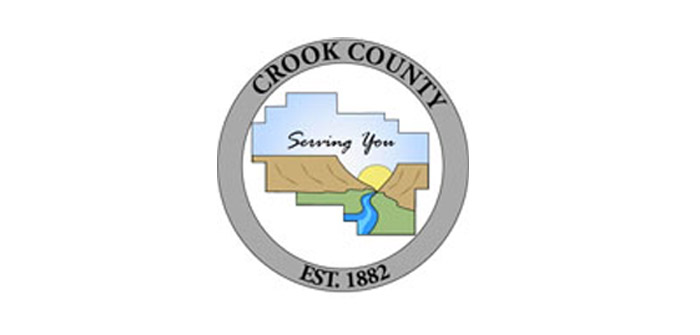Open and productive dialogue between employees and leadership is one of the most challenging hurdles of cultivating a healthy corporate culture. All too often, there’s a disconnect between the C-suite and those on the front lines, with leaders out of touch with the realities and sentiment on the ground.
This lapse in communication can breed distrust, low morale, and misaligned incentives that severely inhibit an organization’s ability to grow and remain competitive. As the former global head of human resources at BlackRock, Jeff Smith appreciates the vital role substantive employee-leader communication plays in driving success.
“Leaders need to drive change and help drive strategy and create culture,” he says. “Part of this is skill development, but part of it is creating the right job for leaders and managers and the right incentives to do it.”
A Top Priority
According to Smith, one of the top priorities for HR leaders should be leadership and managerial development, with a focus on equipping those in charge with the capabilities required to be strong communicators and culture catalysts. This is especially crucial in the increasingly fragmented workplace ushered in by hybrid environments.
“Creating a culture with intention is much more difficult in the hybrid environment, with fewer in-person interactions and more time on video meetings,” Smith explains. “To do this the desired culture has to be clear; employees have to believe in and care about it.”
He argues that a clear, explicitly expressed cultural vision has to emanate from the top, with leaders walking the walk in how they communicate and make decisions. All messaging, policies, incentive structures, and promotion criteria must be purposefully designed to shape and reinforce the desired organizational culture.
“It sounds onerous, but it’s not if you just develop the habit of designing things with the end in mind, with a focus on the system and not just process by process,” advises Jeff Smith. “And that means everyone in HR needs to understand the target. A siloed HR organization will get in the way of this.”
Too often, front-line employees perceive a disconnect between corporate values advertised externally and the internal realities they experience day to day. This cognitive dissonance breeds cynicism that can be toxic to morale and retention of top talent.
Clear communication pathways between leadership and employees head off inconsistencies between rhetoric and reality, so issues can be identified and resolved in a spirit of transparency.
“Communicate a meaningful purpose beyond just making money,” Jeff Smith stresses when asked about attracting and retaining talent.
“When you do something in your business that is counter to your purpose, point it out. It will gain credibility. You can’t be perfect,” he continues.
The Importance of One-on-One Conversations
At the core of robust employee-leader communication is a cadence of frequent, unvarnished one-on-one conversations. While group meetings and mass emails have their place, Jeff Smith argues there’s no replacement for direct dialogue.
“Ensure leaders and managers have one-on-one meetings,” he says. “They are critical to provide a forum for people to express their views and to feel a part of the organization. If someone does not have 30 minutes for one of their employees per week, maybe they should not be leading them.”
Smith views these individual check-ins as opportunities for leaders to gain unfiltered feedback, while making employees feel truly heard and valued. They create space for the kinds of “random moments of learning or mentoring or coaching or ideation” that can be catalysts for new strategies and projects.
Want To Create Culture? ‘Talk About It,’ Says Jeff Smith
Every organization has a prevailing culture, either by design or default. Left unattended, it can trend toward the path of least resistance, often with counterproductive elements taking root.
HR plays an essential role in ensuring a more active approach.
“Talk about it. Say it out loud, then try to implement practices that create the culture you want. Don’t just let it happen,” says Smith.
Communication and Diversity
Diverse teams require leaders with the communication skills and emotional intelligence to bring out divergent voices. An insular, conformist environment may offer the illusion of cohesion, but it likely masks apathy and stagnation.
“It is hard to be a great leader and communicator,” says Smith. “So there needs to be training and cultural support to make sure you don’t just hire talent into an evolving organization without support.”
Effective leaders must proactively create spaces where employees feel heard and empowered to respectfully challenge the status quo.
Leaders who view employees through that humanistic lens — and communicate accordingly with empathy and authenticity — earn true buy-in and genuine collaboration.





